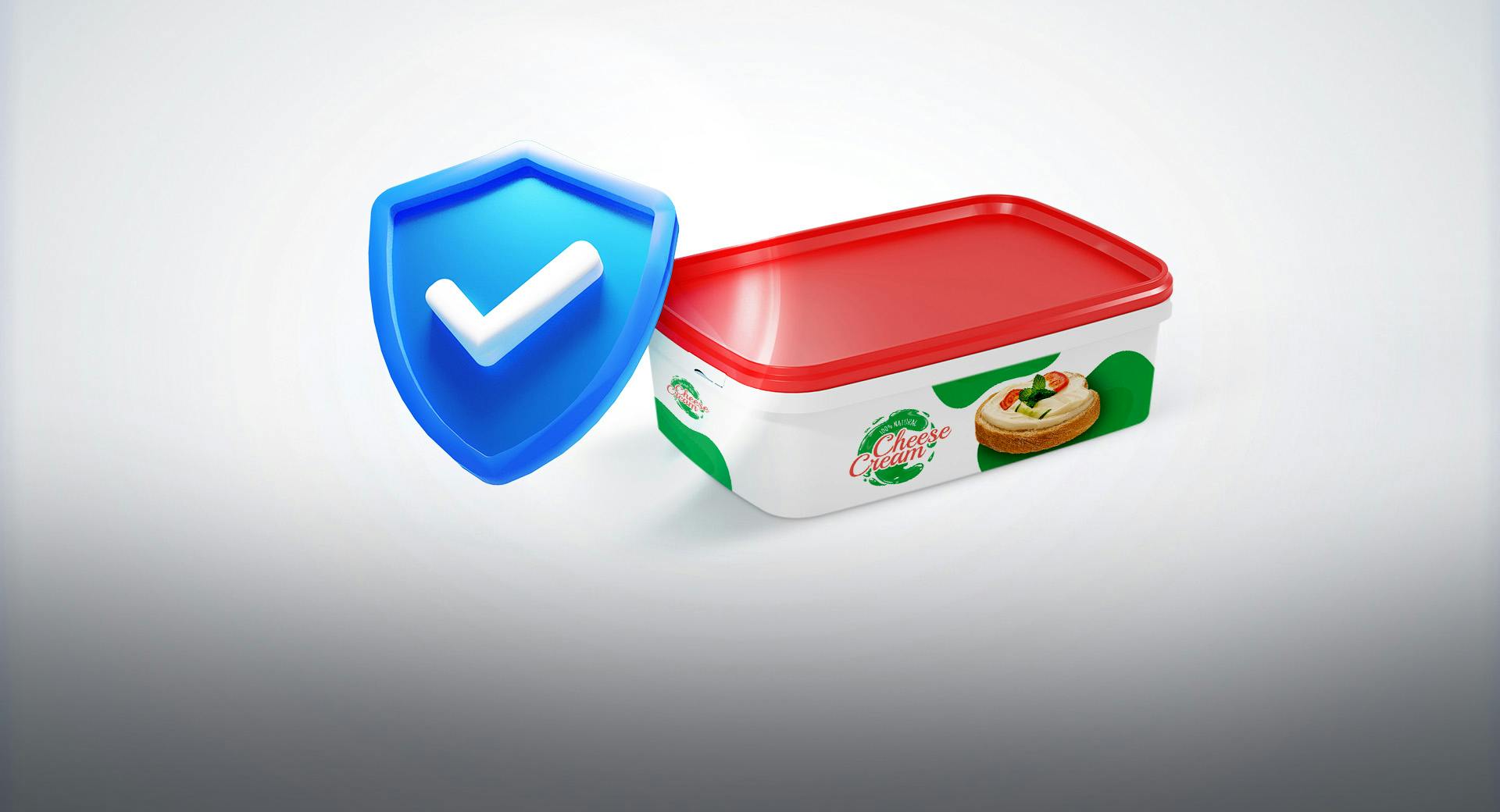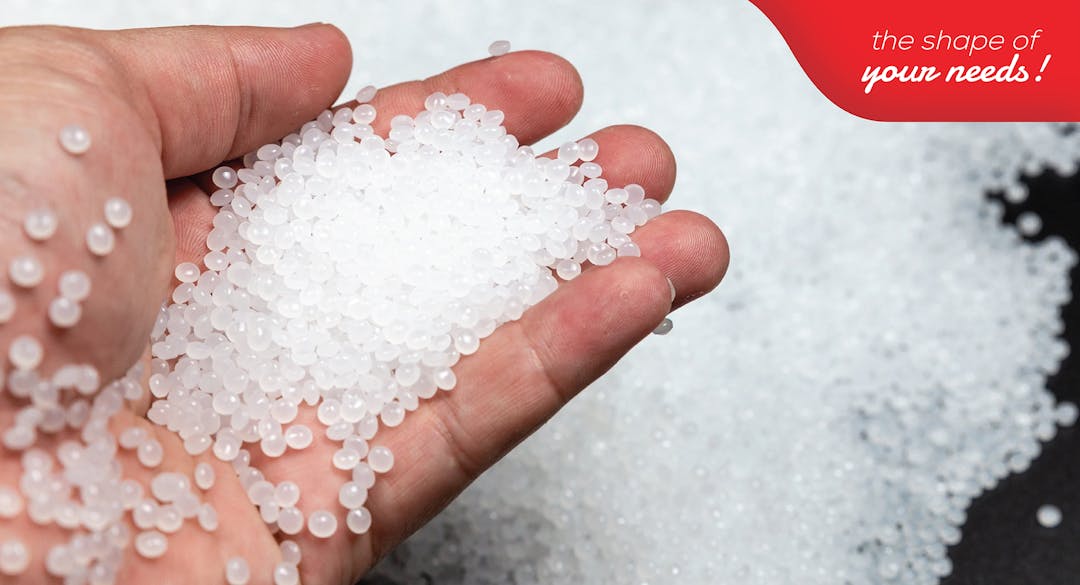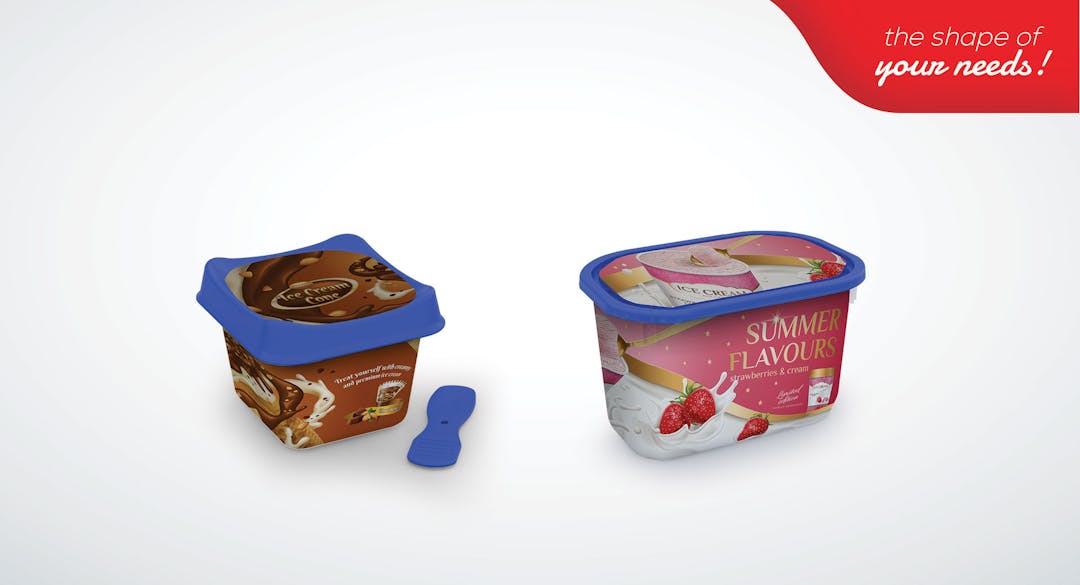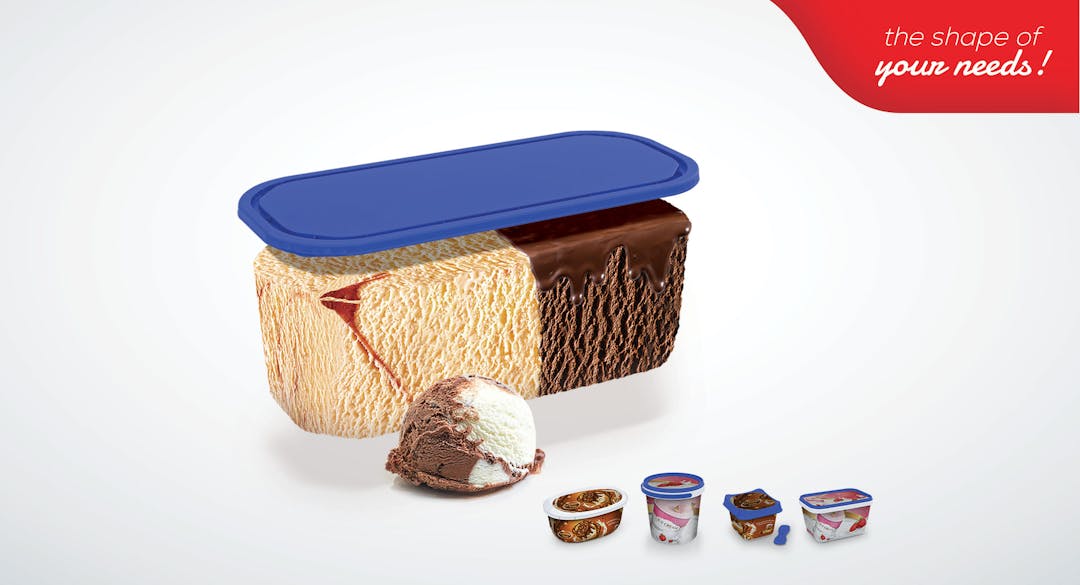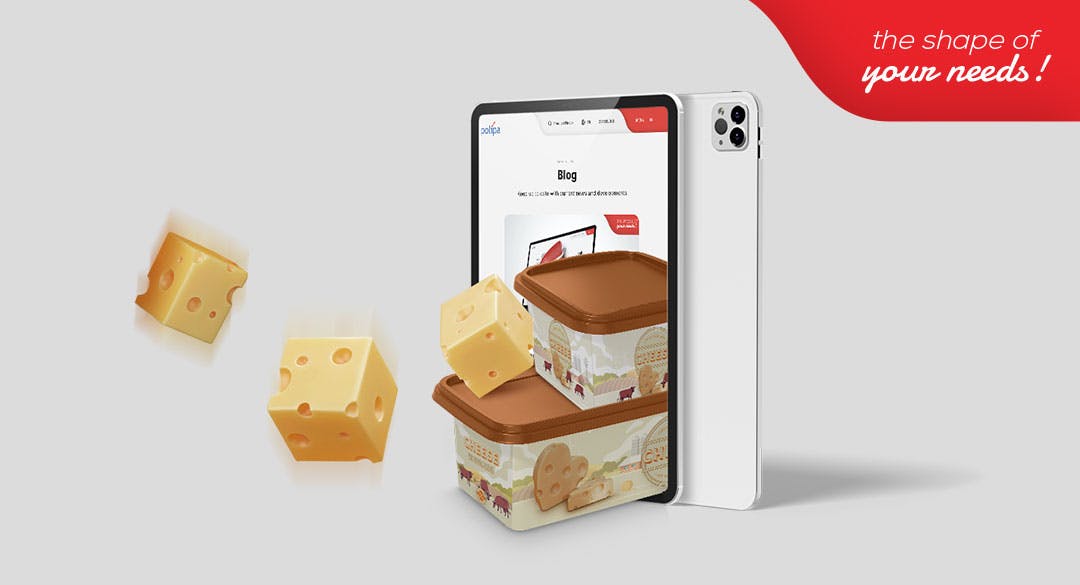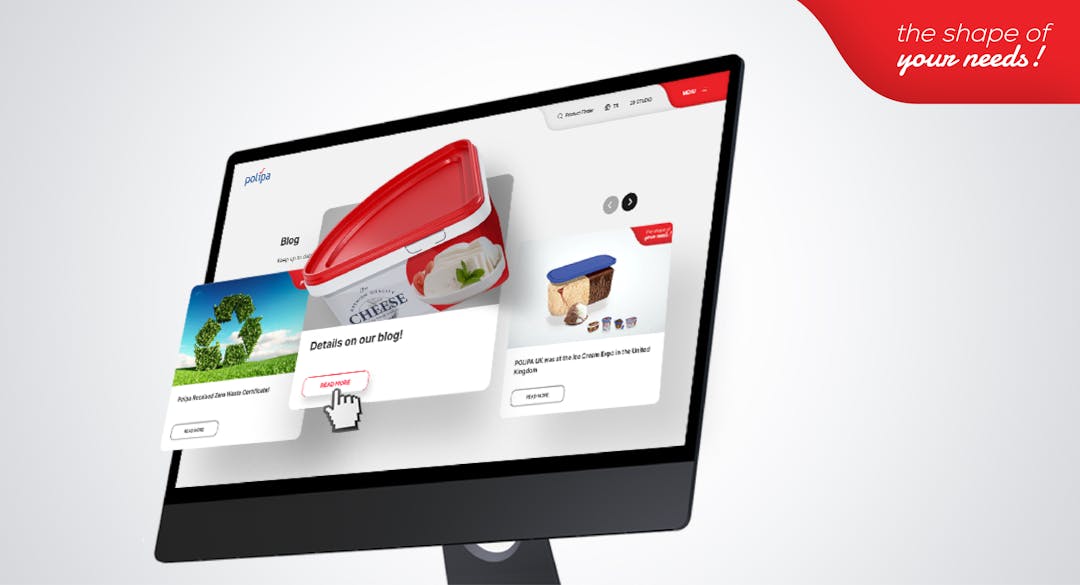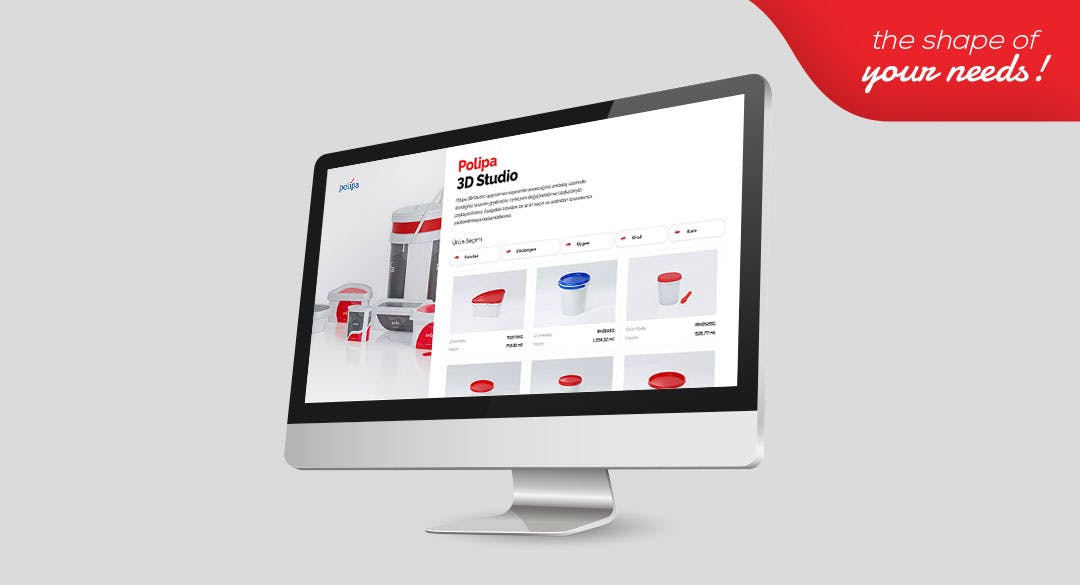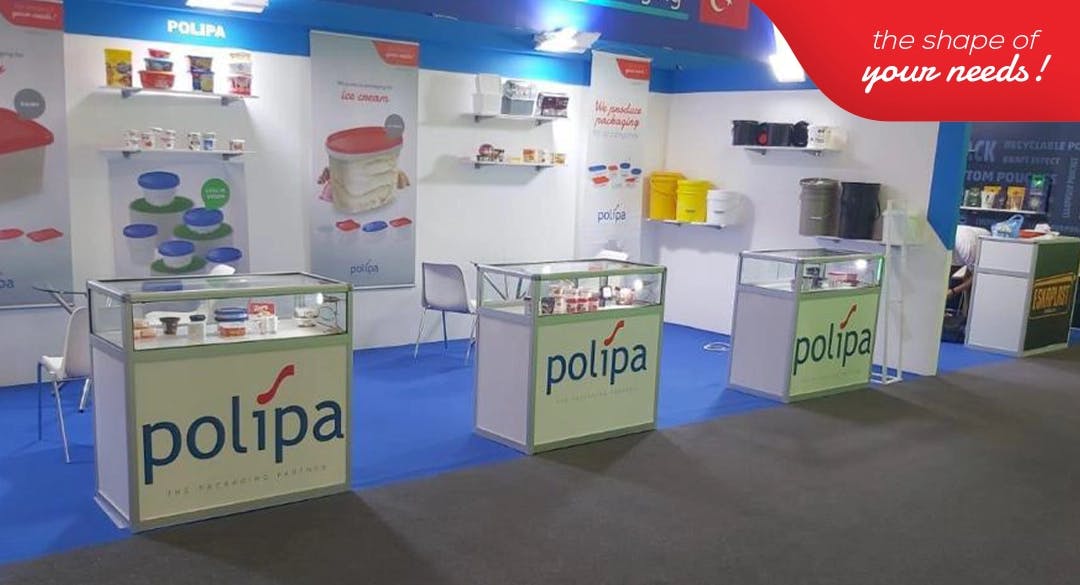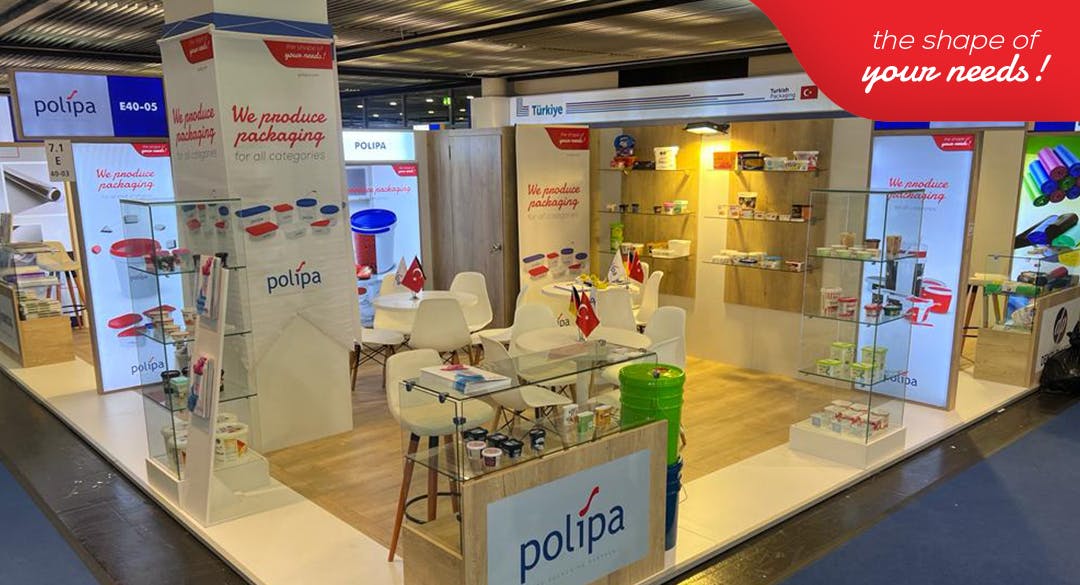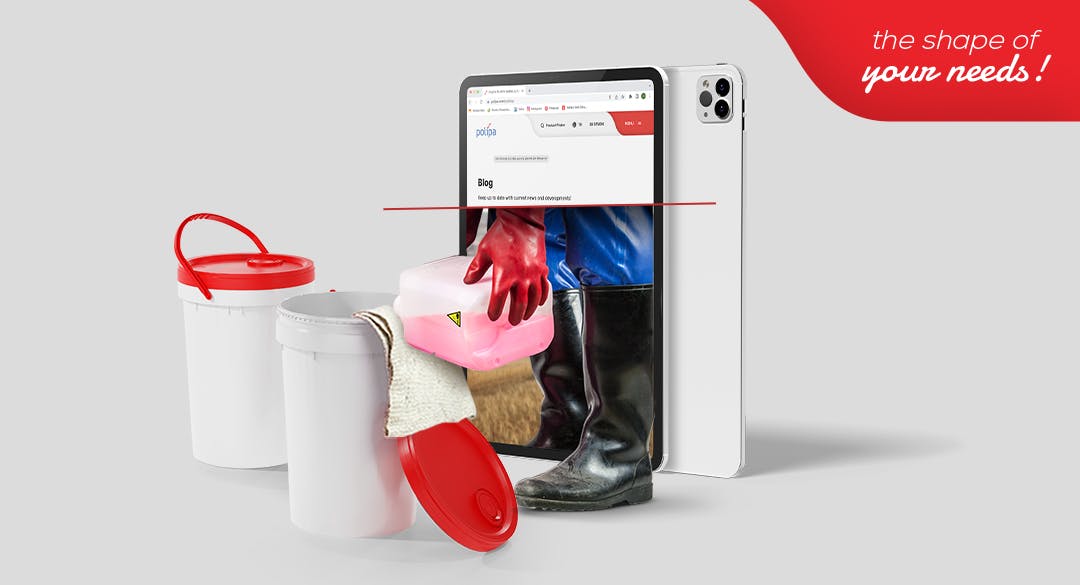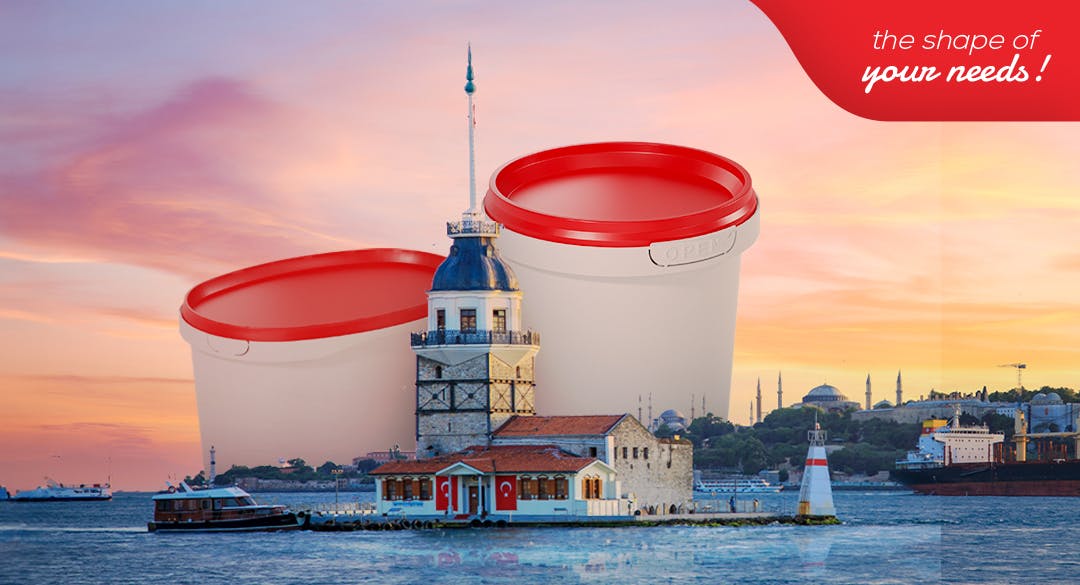Do Plastic Packagings Protect Food?
The main purpose of packaging is to preserve the freshness of the product that placed inside. In the food industry, this situation gains more importance compared to other sectors.
Some of the factors that need to be checked when examining whether this protective function is working correctly are listed as follows:
· Will the packaged product be preserved after a certain period?
· Are external facilities such as transportation and storage facilities available?
· What is the condition of the packaging material against impact, damage, heat, light, and/or moisture?
If the packaging meets these conditions, the shelf life of the product will be extended. Products with a shelf life limited to a few days can be kept fresh for weeks or even months with proper packaging.
According to the World Health Organization, an estimated 30-50% of food in some parts of the developing world goes to waste due to inadequate storage, poor distribution, and inefficiency in packaging conditions. One of the paramount roles of plastic packaging is to preserve the freshness of the product. Hence, manufacturers should meticulously design the packaging to optimally safeguard the product, prevent value depreciation, and deterioration. A product lacking effective protective functionality will impose additional costs on manufacturers and diminish consumer interest in the product. Therefore, it is a crucial aspect that requires careful consideration in packaging decisions.
To determine the conditions plastic packaging can withstand and to use the packaging in the appropriate environment for the right product, it is essential for the manufacturer to produce it with the correct raw materials, to use the appropriate plastic masterbatch (colorant), to seek support from additives if necessary, and to adapt to the conclusion by conducting specific tests, if required, by simulating them. At the initial stages of production, it is crucial to ensure that the raw materials, dyes, and additives added to the product are compatible with food to guarantee food safety. It is essential to prevent any adverse situations that may arise both for the consumer and the freshness of the product due to the packaging.
In addition, when designing plastic packaging label with IML (in-mold labeling) tech, the risk of the product being opened and damaged by consumers on the store shelves should be considered. Therefore, the use of warning symbols and / or text to educate consumers about opened products is crucial for the complete protection of the product within the packaging.
In light of this information, plastic packaging has become an asset in preserving the freshness of food products and plays an indispensable role in the food industry.

